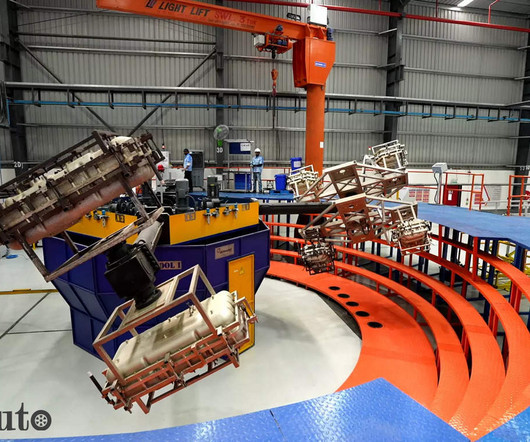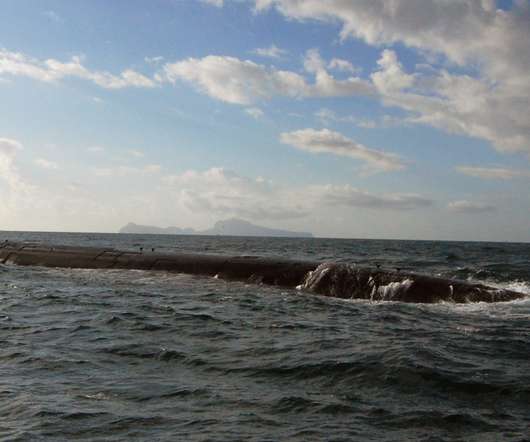KAUST team alters atomic composition of MoS2 to boost performance as water-splitting catalyst for H2 production
Green Car Congress
APRIL 13, 2017
Researchers at KAUST have developed and used a novel way of increasing the chemical reactivity of a two-dimensional molybdenum disulfide material to produce a cheap and effective catalyst for water splitting to produce hydrogen. A monolayer of molybdenum disulfide is only reactive for reducing water to hydrogen at its edge.












Let's personalize your content